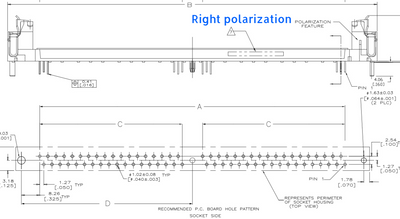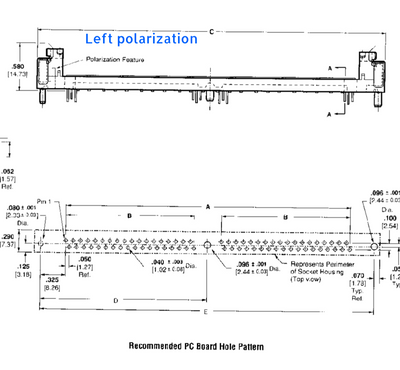SETBLASTER wrote:retardware wrote:Don't use braid, period.
This can be done with a powerful soldering station and vacuum only if you do not want to do damage.
I recommend Soldapullt for this.
that is good also, my concern is that for a good use of Soldapullt you need to heat it up really high. and those pins are touching the plastic and you can end up melting the plastic
i have a spare 486 motherboard to take the sockets out, since those simm slots are not found on my country as a replacement.
Yes, these SIMM sockets are somewhat yucky to get out even with the original big blue soldapullt (not cheap, avoid the cheap chinese copies!).
The trick is to use a soldering station that can deliver much heat in short time.
I use an Ersa 60W set at maximum temperature (450 degs) for this.
First step is to resolder every pin, adding a small bit of new [leaded] solder and flux to make for good heat transfer.
Second step is to heat just a bit more so that solder is liquid at component side, and stays liquid until it has been sucked out.
If you heat too short, then it will solidify while getting sucked out, meaning you have to start over with first step.
If you heat too long, plastics can get soft (visible melt traces, but still usable)
If you heat way too long, plastics can deform, rendering the socket unusable.
To keep board cool, I do not do neighboring pins subsequently, but do some kind of interleaving.
Best to practice with some junk boards before extracting the sockets intended as replacement.


